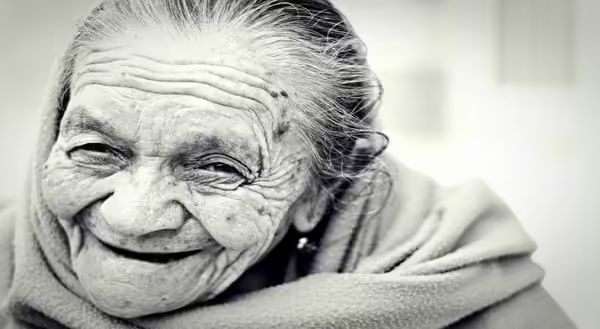
I am concerned for the older population right now. Data has shown that older adults are more vulnerable in this pandemic due to their weaker immune systems and higher likelihood of having chronic conditions including heart disease, lung disease, diabetes, kidney disease and many others. The CDC reports 8 out of 10 COVID-19 deaths have been adults 65 years of age and older. This has prompted the encouragement of older adults to self-quarantine, or physical distance from others - family, friends, social circles - to protect their health. This has been a necessary step to protect them from the virus, but it can have negative effects on their overall health by increasing social isolation.
Social isolation and loneliness are serious health risks that affect a large portion of the older population. Approximately one quarter of community dwelling older adults are socially isolated and 43% report feeling lonely – and this was data collected BEFORE this current pandemic. There is increasing evidence that social isolation has been linked to an increase in many physical and mental conditions like heart disease, obesity, depression, Alzheimer’s disease and even mortality (Wu, 2020).
According to a recent article in The Conversation, Marcia G. Ory and Matthew Lee Smith from Texas A&M University gave some great suggestions for older adults to stay active and engaged especially during the pandemic:
- Plan your day and keep a routine. While the days may seem to be an endless blur, keep up with daily routines like getting out of bed, getting dressed and being engaged with small activities. Planning time for online classes, calls with friends, reading, puzzles, cooking, gardening or home repairs can give meaning to the days.
- Stay physically active. Find exercises that can be done at home or in the immediate neighborhood, like walking. Many virtual and online physical activity and health promotion programs are available, which can remotely foster engagement and connection to others.
- Know your risk for social isolation. Take the AARP Foundation’s Connect2Affect tool online to assess your risk for being socially isolated, and refer to the Eldercare Locator at 1-800-677-1116 or online for support services you might need.
- Don’t be afraid to leave home, but do so wisely. New CDC guidelines emphasize what older adults can do to stay safe when leaving home. For example, when going outside, practice everyday preventive actions: Carry a cloth face covering, tissues and hand sanitizer; encourage others to wear cloth face coverings when out in public; and avoid close contact with others who are not wearing face masks to the extent possible.
- Think of others. Regularly reach out to others who may need to hear a friendly voice on the phone. Volunteering has been shown to have many positive health benefits, and there are online opportunities for doing so.
- Accept help from others. Many individuals and organizations are working hard to keep seniors socially connected. Remain open to accepting the kindness and support from family members, friends, health care providers and social service agencies.
Other resources to try that may be helpful to prevent social isolation are local senior centers and services, local churches, your local area agency on aging and AARP.
Let’s continue to be careful, stay healthy and stay hopeful that the situation will improve and we can be out and about again, but with new appreciation and gratitude for each other.
Sources:
Wu, B. Social Isolation and loneliness among older adults in the context of COVID-19: a global challenge. Global Health Research and Policy. 2020 Retrieved at
https://ghrp.biomedcentral.com/track/pdf/10.1186/s41256-020-00154-3